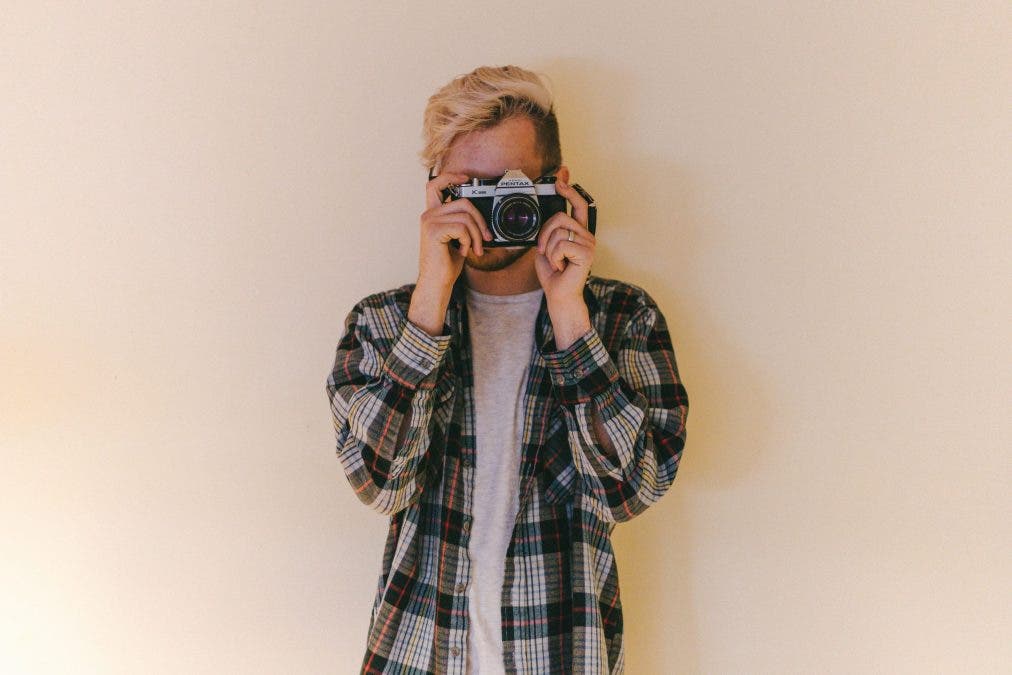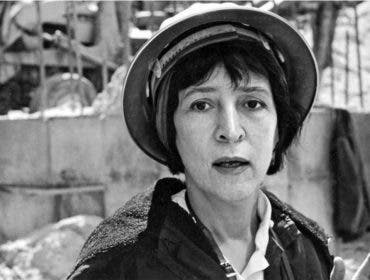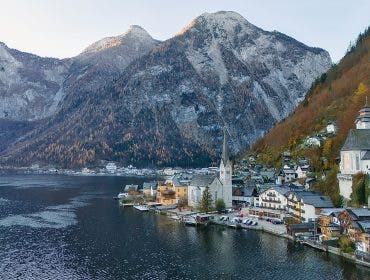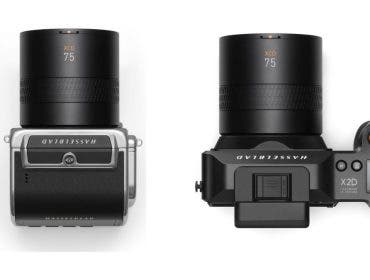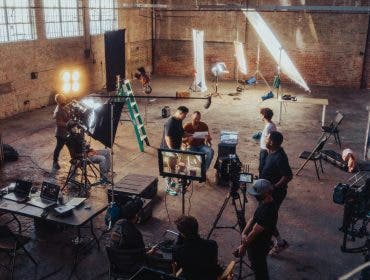If you love photography and want to give it a proper try (not just take selfies with your phone’s camera), the first and foremost thing you must do is buy a camera. But how do you choose a camera, given that this is your first glance at photography? There are plenty of technical factors to consider, which may be more difficult to tackle in the beginning. However, there are also a few personal factors that can easily guide you towards buying the first camera. Read along to find out how every beginner photographer can find the best camera for their artistic purpose and skill level.
How to Choose a Camera
The easiest way to start photography and choose a camera is to seek professional photographers you look up to and learn from them. Not only that they may help you choose what photographic genre you want to pursue, but they may also help you buy your first camera. For example, music and sports photographer David Bergman shares a complete camera buying guide. Also, adventure photographer Jimmy Chin has an entire masterclass on adventure photography, which also includes gear advice.
Professional photographers most likely use high-end cameras that may be out of your budget and skill level. However, they can still guide you in the right direction. Then, you can look for a first camera that meets not just your artistic intentions but also your current conditions. For example, famous street photographer Henri Cartier-Bresson was notorious for using a single Leica camera with a prime 50mm lens. So, for street photography, you are fine with a small, lightweight camera and a lens with one focal length. Thus, you can buy an affordable point-and-shoot camera that provides the right focal length.
Alternatively, you’ll find out that most wildlife and sports photographers use high-end cameras with interchangeable lenses. They also have a variety of telephoto lenses, both zoom and prime lenses. A point-and-shoot or a compact camera simply won’t do it. Your initial investment in these photographic genres is going to be bigger.
Understanding Types of Cameras
As you can see, each genre and photo setup points to a particular type of camera and lens. Therefore, your next step is to understand the available types of cameras and maybe go to your local photo shop to see how they feel and what they can do.
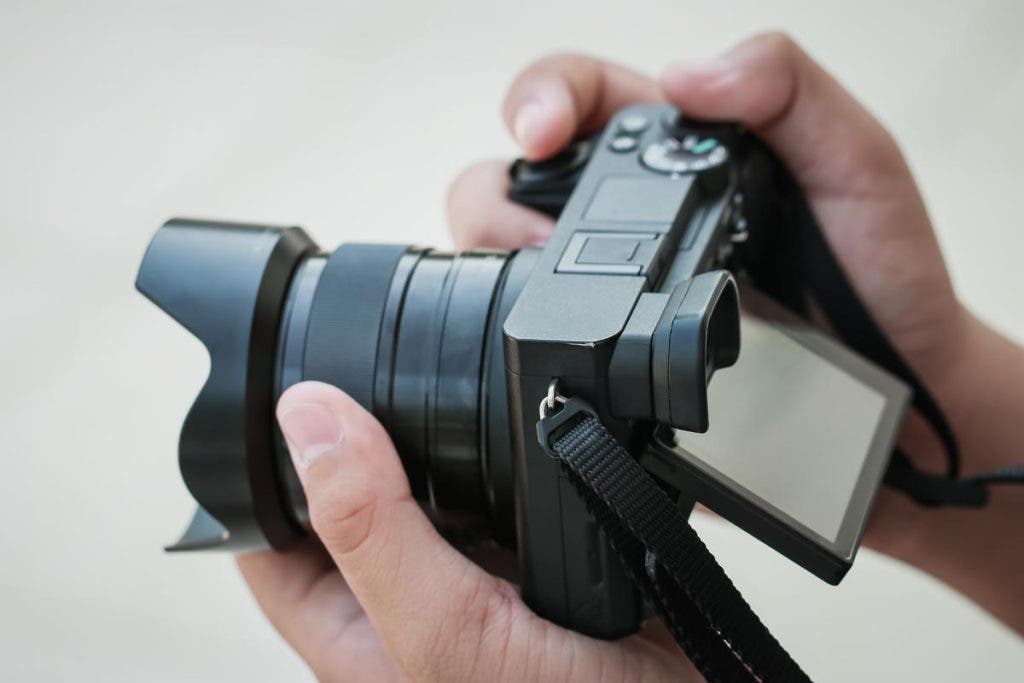
Analog versus Digital
Based on the way they capture photos, cameras can be analog (capture photos using film) and digital (capture photos using a digital sensor). Analog or film photography is a genre in itself, so if this is your intention, it’s better to buy an analog camera from the beginning.
However, if you aren’t sure of your intentions, lack any photography skills, or can’t afford the developing process, you are better off with a digital camera. Digital cameras provide instant photo previews, can take as many photos as you want (given that you regularly empty their memory card), and allow for quick and easy image post-processing. There is also a wide variety of digital cameras that range from easy-to-use and affordable ones to cameras capable of impressive high-quality image and video captures.
Cameras with Interchangeable Lenses versus Fixed-lens Cameras
Cameras with interchangeable lenses allow you to switch between multiple lenses. This increases your artistic freedom tremendously because you can use the same camera to shoot with both prime and zoom lenses, telephoto and wide-angle lenses, macro and fish-eye lenses, and everything in between. DSLRs and mirrorless cameras are cameras with interchangeable lenses.
Fixed-lens cameras provide a single lens, which may be a prime or zoom one, depending on the camera model. You can’t change the lens, which means you are limited to whatever features it provides (e.g., focal length, aperture range, etc.). Point-and-shoot and compact cameras are fixed-lens cameras.
Cameras with interchangeable lenses are larger, heavier, and much more complex than fixed-lens cameras. They require a steep learning curve and lots of practice. They are also more expensive than fixed-lens cameras. On the plus side, cameras with interchangeable lenses are more robust and resistant, provide valuable manual controls, and are long-term companions.
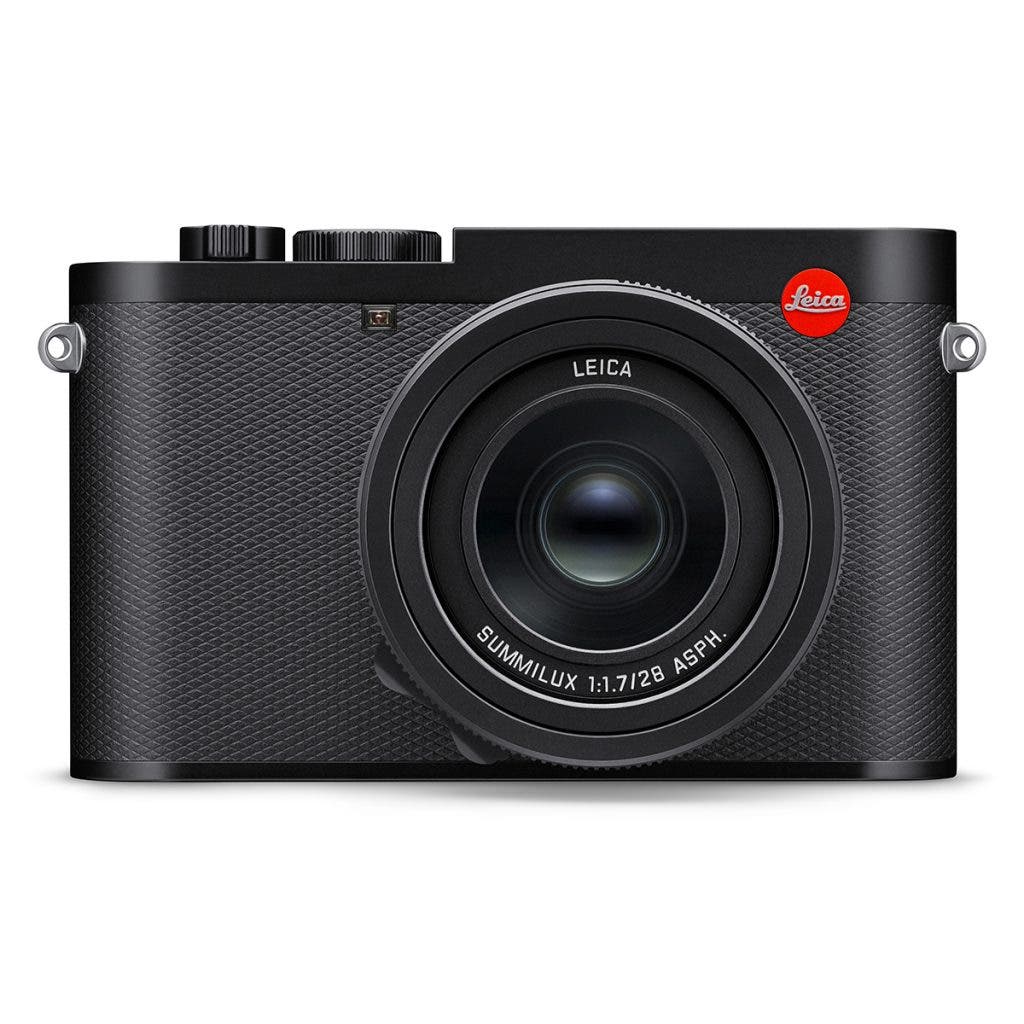
Fixed-lens cameras are easier to use, faster to set up, and more discrete. Point-and-shoot models are fully automatic, hardly leaving anything for the user to configure. They are useful for learning composition and tackling technical aspects from a limited point of view (you must work with the camera’s limitations). Compact cameras, on the other hand, provide almost all the manual controls of a camera with interchangeable lenses. They are advanced fixed-lens cameras that produce high-resolution images. Leica Q3 is a very good example of a high-performance fixed-lens camera. It has a 28mm lens but features extended digital zoom that allows cropping the image to the focal lengths of 28, 35, 50, 75 mm, and 90 mm.
DSLR versus Mirrorless Cameras
DSLR and mirrorless cameras are both digital camera types with interchangeable lenses. The difference is in the way they are built. DSLR (Digital Single Lens Reflex) cameras have an internal mirror that reflects the light up to the optical viewfinder, allowing the user to see with precision what the lens is seeing. Mirrorless cameras don’t have that mirror. What the lens is seeing is transmitted directly to the sensor, processed, and displayed on an electronic viewfinder.
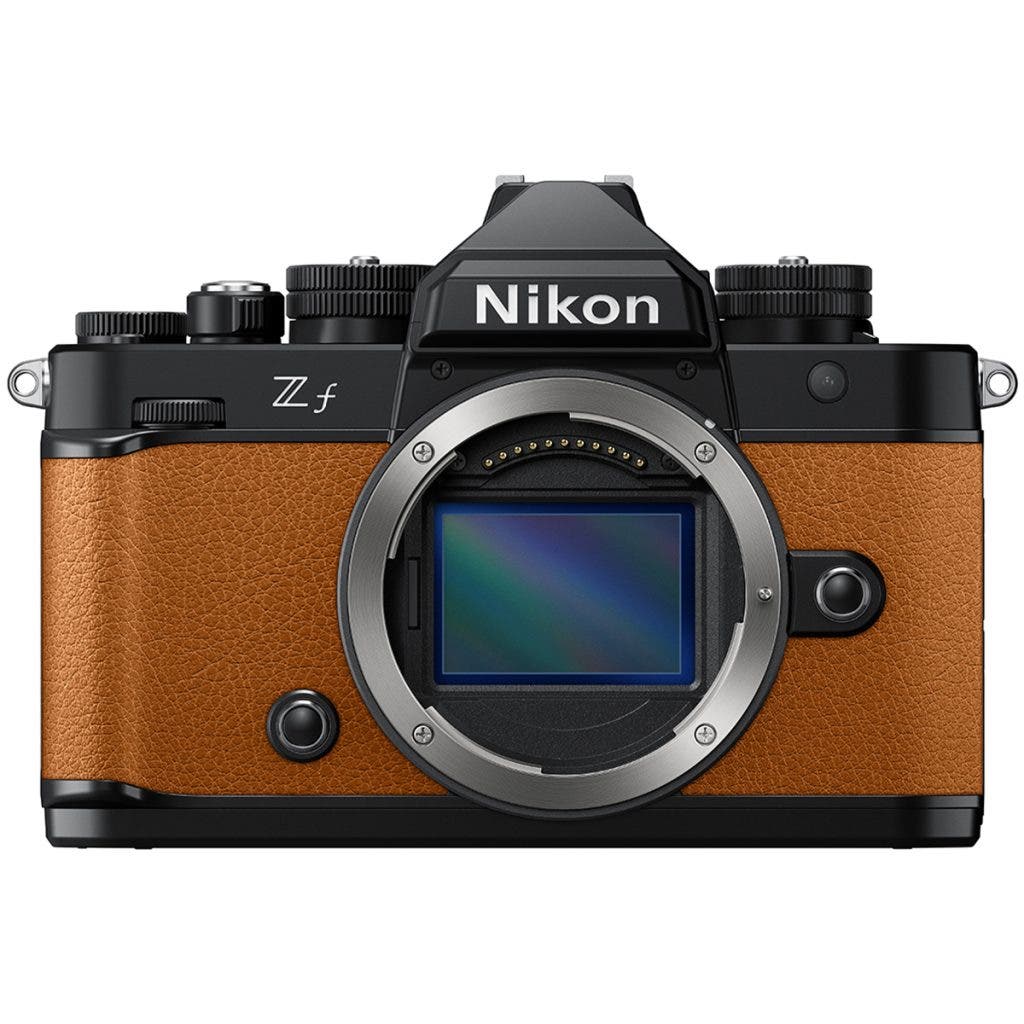
Nikon Z f Mirrorless Camera, 24.5MP Full-Frame Sensor, Dimensions 5.7 x 4.1 x 2″, Weight 22.29 oz
The electronic viewfinder is less accurate than the optical one. Although technological advances have reduced that difference a lot, some photographers can still feel it and argue that the electronic viewfinder feels artificial. In the end, it’s a matter of personal preference.
Mirrorless cameras are more lightweight and compact than DSLRs. They can also capture photos at higher rates, have faster autofocus systems, and are better equipped for video recording. DSLRs, on the other hand, tend to have longer battery life, and a wider lens selection, but more lenses are added to the mirrorless line-up continuously.
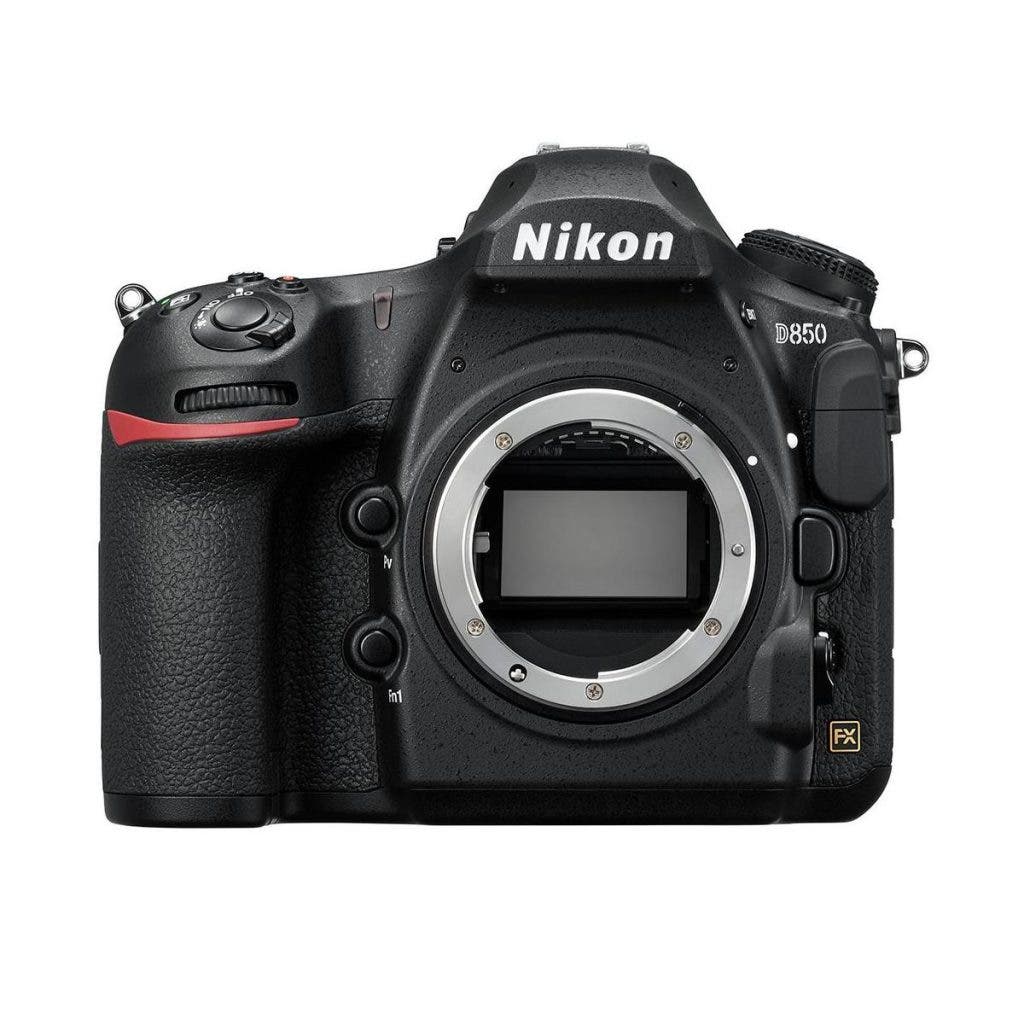
Nikon D850 DSLR Camera, 45.7MP Full-Frame Sensor, Dimensions 5.8 x 4.9 x 3.1″, Weight 32.3 oz.
Key Features to Consider When Buying the First Camera
Up to this point, our camera buying guide should have helped you decide whether you want to buy a film camera or a digital one, a camera with interchangeable lenses or a fixed-lens camera. Now it’s time for those technical features that are essential factors for how to choose a camera.
Sensor Size
If you choose a digital camera, the sensor size is the best indicator of image quality. The larger the sensor is, the larger the physical pixel size is. A large pixel size means the camera is better at capturing light, which translates into better performance in low-light conditions, sharper photos, and more clarity. A large sensor produces less ISO noise and works better at high ISO values. Larger sensors also produce a deeper depth of field than smaller sensors at the same aperture. Therefore, if you shoot in low-light conditions, require a wide dynamic range, and want a high image resolution, you need a large sensor camera.
Based on sensor size, here are a few camera categories:
- Full-frame cameras: the sensor size is 24mm × 36mm, the equivalent of a 35mm film
- Medium-format cameras: the sensor size is larger than the full-frame camera’s sensor size, often twice as much, 48mm × 36mm; used for large prints and extensive post-processing
- APS-C cameras: the sensor size is smaller than the full-frame camera’s sensor size and depends on the manufacturer (e.g., 24mm x 16mm for Nikon, 22.2mm x 14.8mm for Canon, etc.)
- Four-Thirds system cameras: the sensor size is 4/3″; used in Panasonic and Olympus cameras
- 1” system cameras: the sensor size is 1″; used in Nikon and Sony cameras
Image and Video Resolution
Image and video resolution refers to the level of detail a camera can capture and is measured in megapixels (MP). The higher the resolution, the more pixels the image has, which translates into more details and better definition.
But a high image and video resolution on its own is not enough. You also need a large pixel size, hence a large sensor, to capture everything crystal clear. For example, an iPhone 16 Pro has a 48MP resolution but only a 1/1.14″ sensor size. It can hardly achieve the same image quality as a Canon EOS R5 Mark II mirrorless camera with a 45 MP full-frame sensor.
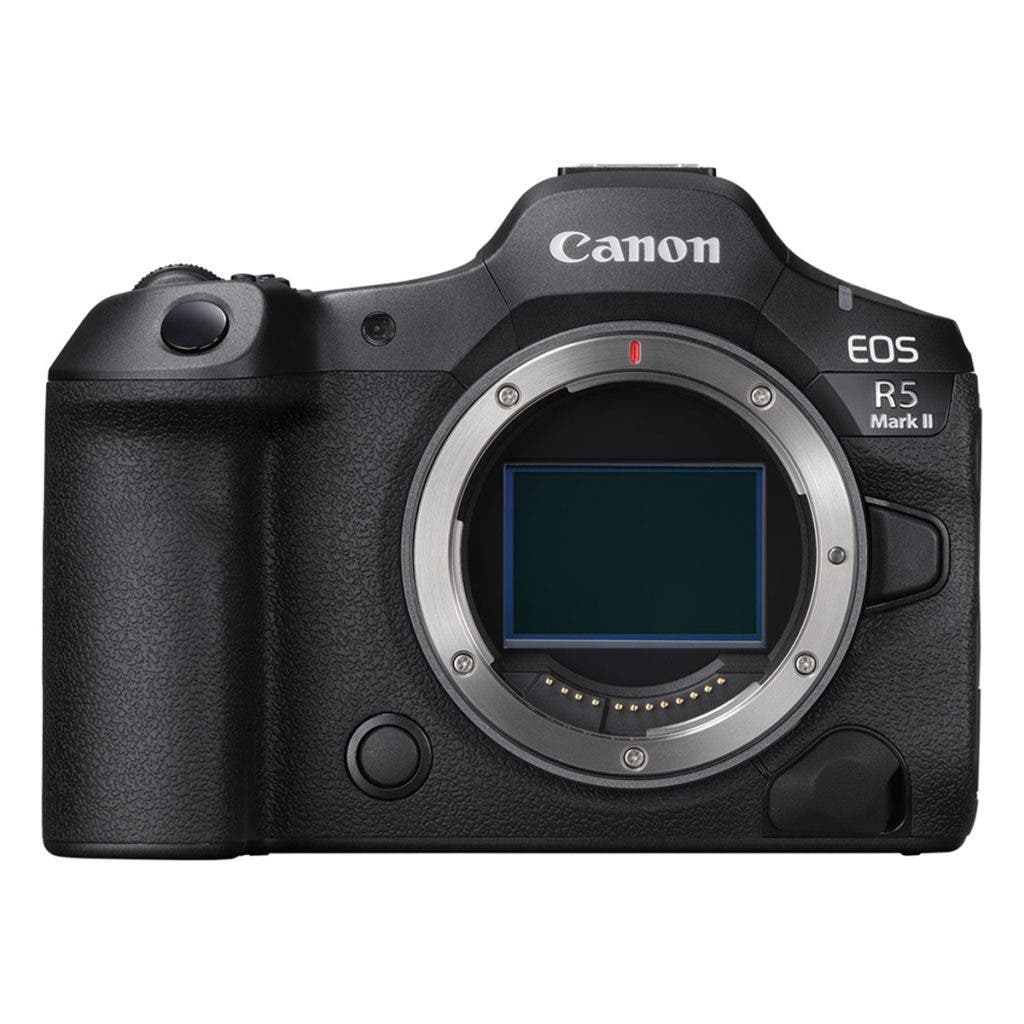
That’s why it is important to know how to choose a camera in terms of camera types, camera features, and artistic achievements.
Lens Range
Having a high-end camera is good but not enough. You need to pair it with the right lens to get the composition and image quality you want. So, even though at this point you are focusing on buying a camera, don’t overlook the lens range available for the camera model you are interested in.
You’ll find a wide variety of lenses for popular camera brands, such as Nikon and Canon. They range from expensive brand lenses to more affordable third-party lenses. Keep in mind that prime lenses are more performant than zoom lenses (they have less complex optics, which makes them easier to build). Also, kit lenses tend to be more versatile but less performant than lenses sold separately. They are good for beginners but not optimal for professional users.
If you decide on a compact camera, make sure the lens quality meets your requests. Check focal length range, maximum aperture, lens construction, and robustness. For example, the Sony DSC-RX1R II is equipped with a 35mm F2.0 ZEISS Sonnar T* lens with eight elements in seven groups, including three aspherical elements for reduced lens aberrations.
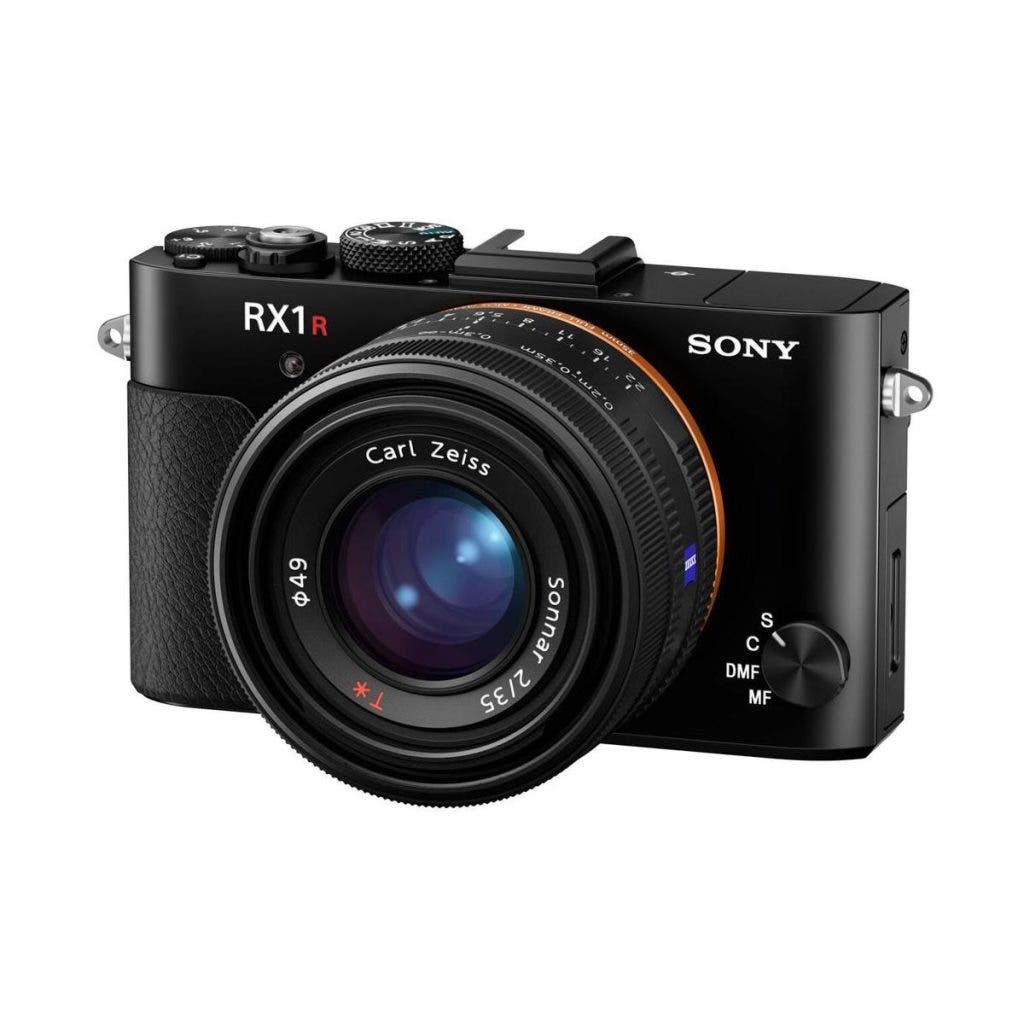
Long-term Usability
This brings us to the final aspect to consider: long-term usability. A camera is an investment, and it should be a sustainable one. Buying your first camera should be an informed decision and a well-thought-out process. Think in the long term and choose a camera that meets your current needs but also leaves room for improvement.
Consider how well the camera is built (e.g., resistance to water, dust, shock, freeze, etc.), the variety of compatible lenses and accessories, and the quality of associated services (e.g., warranty, repair shops, customer services, firmware updates, etc.). Even if it may take longer to fully master the camera’s functions and may be more expensive, it will be worth it in the long term.
Final Thoughts
We hope our camera buying guide helped you choose a camera that fuels your passion for photography. With the currently available technology, high image quality is easily achievable even with less expensive cameras. Know your camera’s limitations and get creative when it comes to taking amazing photos in less-than-perfect conditions. Practice is key.

